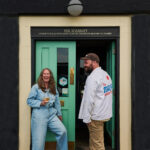From Island to Island
A conversation with Richard Mark Rawlins about community on the coast
As I make the short walk from my house to the home and studio of Richard Mark Rawlins, I am struck by the vibrant creativity that fills our small seaside town. The sun warms my face as I stroll past Victorian houses, thinking of people I know who inhabit them – composers, photographers, set-builders, jazz musicians, chefs, writers, piano teachers, designers and architects. This rich tapestry of talent includes lifelong residents and newcomers alike, such as Richard, who moved to the UK from Trinidad and Tobago.
Richard greets me with a smile and a strong black coffee, leading me into his plant-filled front room. As I introduce myself, he enthusiastically begins sharing the stories behind the artworks adorning his walls – some his own, many by friends. His voice, warm and melodic like a stream over pebbles, puts me instantly at ease.
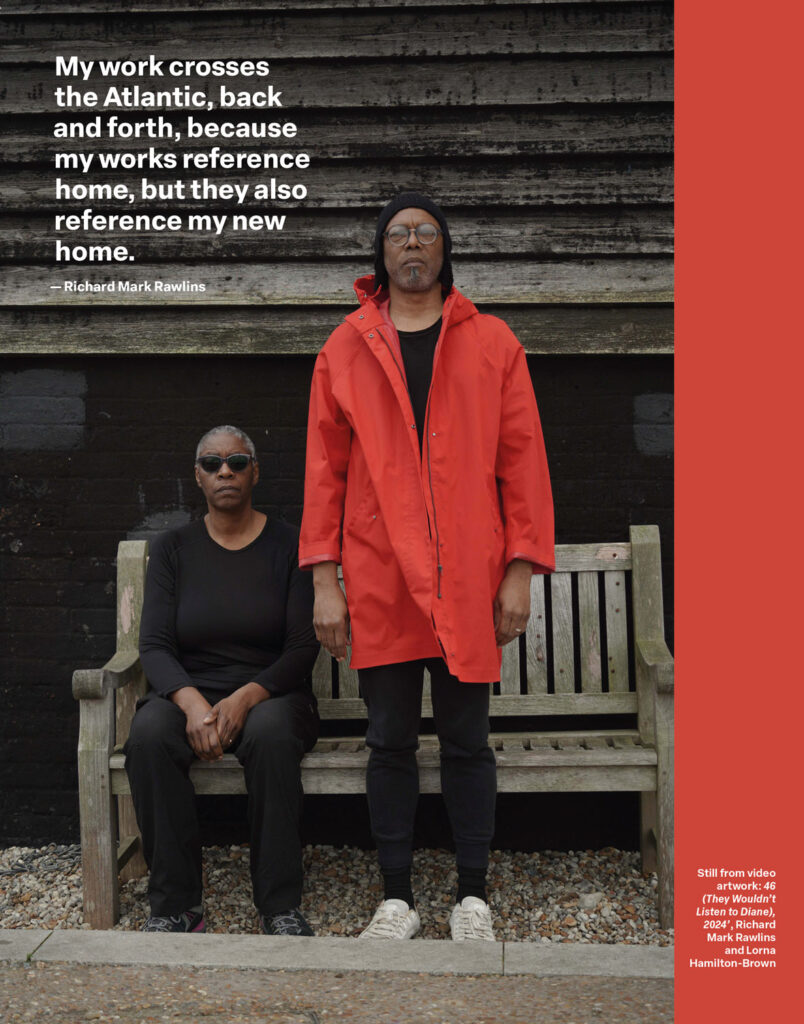
My prepared questions fall by the wayside as we dive into a conversation that flows through topics of black identity, comic books, gardening, history, and most importantly, community. Naturally, we start by discussing his move from his island home to Hastings:
“I felt that it was something important to do at that time, that sometimes you have to leave home to be able to see home. For me, my [artistic] practice has always been outward-looking. There’s always a certain amount of inwardness as an artist – your works are personal, connected to you – but, I’m interested in history, I’m interested in identity and everything that goes with that. It was a case of looking at similarities between the Black British – who I consider to be my cousins, that I’ve never met until now – and myself.
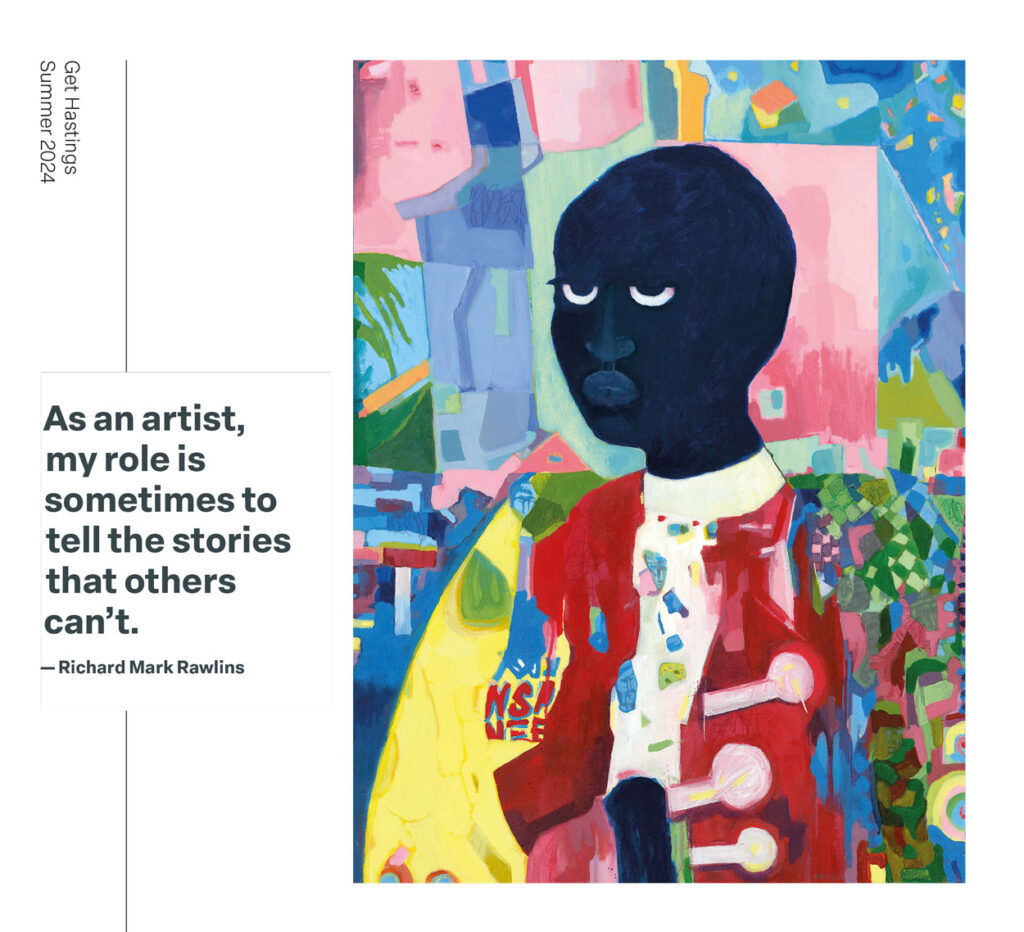
Black Tudor, 2021
My work crosses the Atlantic, back and forth, because my works reference home, but they also reference my new home.”
I ask Richard about the impact of the Hastings community on his art. He speaks warmly of Lorna Hamilton-Brown, a key figure in the Hastings art community:
“When I talk about community, the first thing I have to talk about is Lorna. Lorna has been a big part of my integration into Hastings. We knew each other from Art School (the Royal College of Art in London), but once I moved to Hastings she basically rolled out the carpet and said, ‘You know, this is here, that’s there, and this is going on.’ She’s been responsible for me seeing Hastings as really more of my hometown now and the possibilities of it as a hometown.”

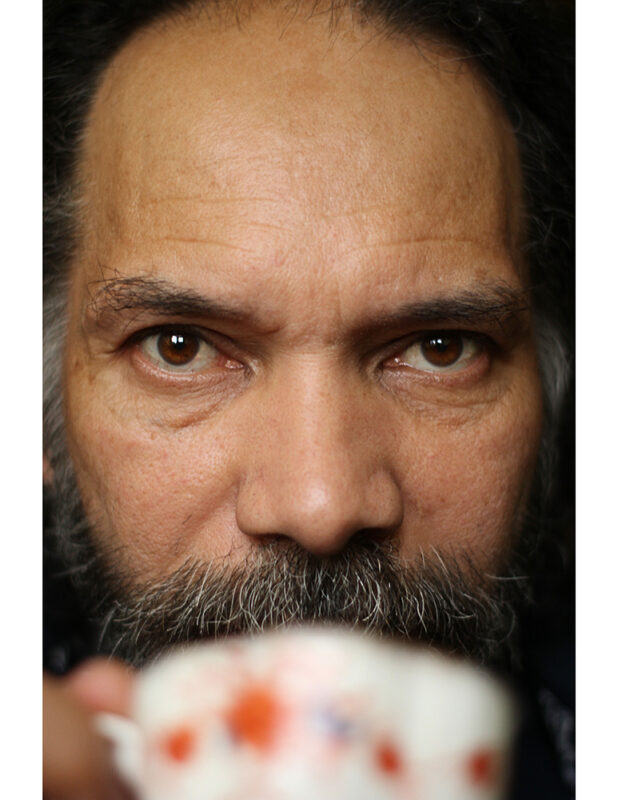
Left: ALVIN (from the Conversations Over Tea, Series),2022
Right: HEW (from the Conversations Over Tea, Series),2020
The day before our meeting, I visited the exhibition Duos: The Art of Collaboration at the Charleston Gallery in Lewes, featuring a video Richard made with Lorna titled ‘46 (They Wouldn’t Listen to Diane), 2024’.
The piece responded to an incident where Diane Abbott was denied the chance to speak during Prime Minister’s Questions after racist comments were made against her by a Conservative Party donor.
“She’s up and down, up and down, and I’m thinking: this woman is 72 years old! She did that 46 times in 30 minutes. My brain processed it as an image of her being overlooked, wearing this distinctive red jacket. I felt it needed to be marked in some way, so the idea of the performance came up. On the spot, I thought of the structure of it, and I called up Lorna and said, ‘Lorna, what are you doing on Monday?’”

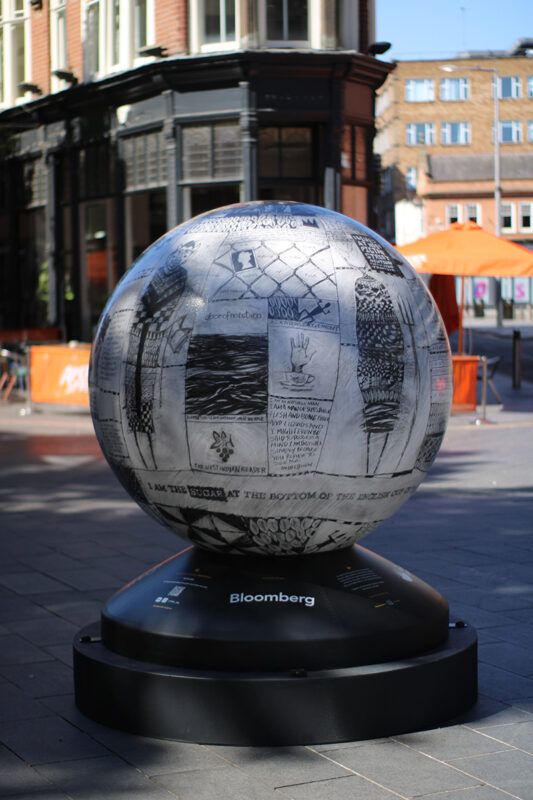
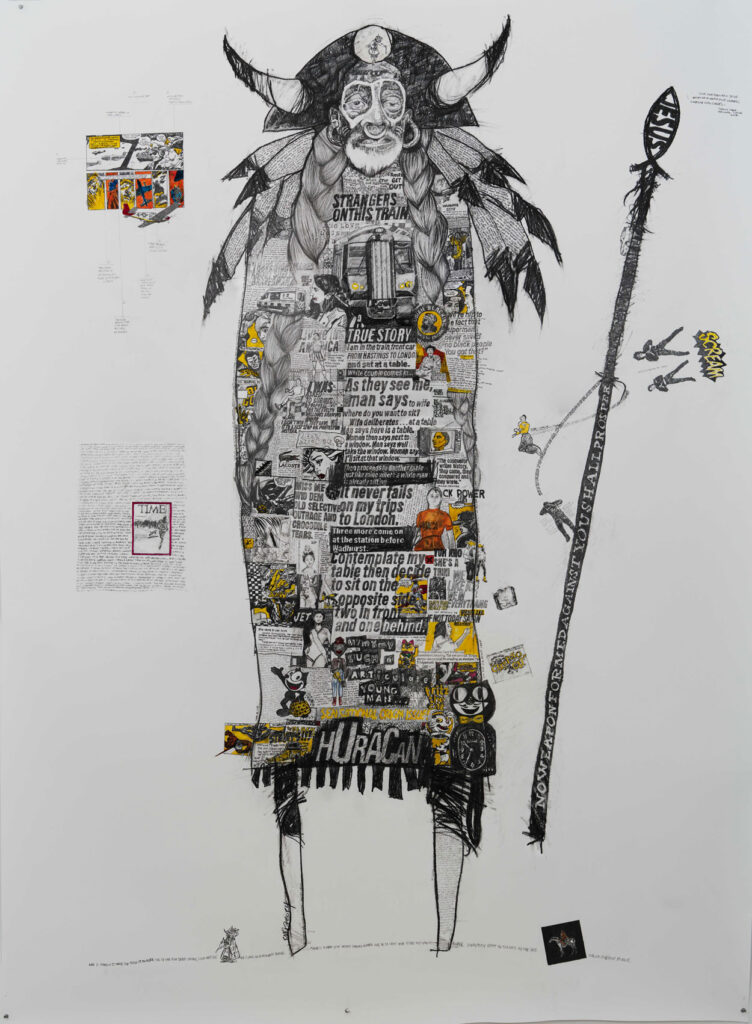
Clockwise L-R: You are looking rather uncommonly well,2022, A Complex Triangle Indeed, 2022, Black Indian Jumbie, 2024
The video shows the two artists sitting on a bench on The Stade, standing one after another, donning and removing the red coat for 46 cycles. The ambient Hastings sounds of seagulls and tourist chatter enhance the poignant simplicity of the gesture, making the piece remarkably powerful.
“This was the most direct way to make our point. The immediacy of producing it so quickly after the incident was key. It’s part of my job as an artist – to respond quickly and say, ‘Hey, we can do this right now.’ I think it comes back to that question about leaving home and coming here. I think, in a sense, I feel like I actually have even more freedom to do certain things here because maybe there’s an understanding of the context of the world it’s being made in. Shortly after we filmed that, we shared it with the world and put it online on Monday night. By Tuesday morning, we got a message from Charleston wanting to include it in the exhibition that was opening on Thursday!”
Richard’s instinctive approach to art feels entirely natural. Whether creating films, photos, drawings, or paintings, he opens a door into his mind, inviting us to share in his curiosity. His work – rich with references to everything from Black Panther comics, water company corruption, to childhood memories – tells the story of his life and passions. As an artist, Richard Mark Rawlins continues to captivate and inspire – locally, nationally, and internationally – and I now find myself among those eagerly awaiting his next creation


